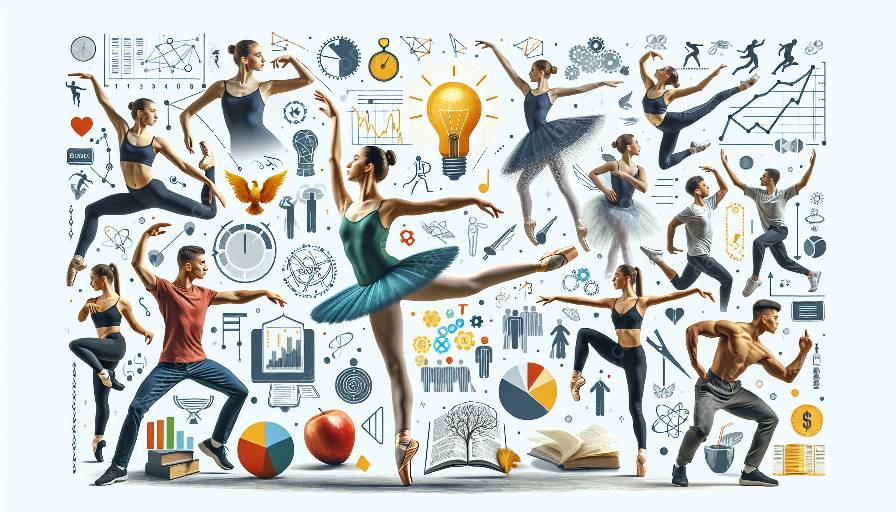Dancers devote their lives to training and honing their physical abilities to perfection, but the rigorous demands of training can have a significant impact on their mental health. Understanding the relationship between training load and mental health is crucial for effective training load management and maintaining overall well-being in dance.
The Connection Between Training Load and Mental Health
The relentless pursuit of perfection in dance often leads dancers to undertake grueling training regimes that put immense physical and psychological stress on their bodies. The high training load can lead to various mental health challenges, such as anxiety, depression, eating disorders, and burnout. It's essential to recognize the unique pressures that dancers face and how these pressures can affect their mental well-being.
Stress and Burnout
The pressure to excel in dance, combined with long hours of practice, can lead to chronic stress and eventual burnout. The constant demand for perfection, the fear of failure, and the competitive nature of the dance world contribute to heightened stress levels among dancers. Burnout can manifest as emotional exhaustion, reduced performance, and a negative attitude towards dance.
Anxiety and Depression
Dancers often experience anxiety related to performance expectations and competition. This anxiety, coupled with the physical demands of training, can exacerbate feelings of depression and inadequacy. The constant drive to meet high standards and the fear of falling short can take a toll on a dancer's mental well-being.
Eating Disorders
The emphasis on body image and weight control in dance can lead to the development of eating disorders, including anorexia and bulimia. The pressure to maintain a certain physique and meet aesthetic standards can lead to unhealthy eating habits and distorted body image, affecting both physical and mental health.
Training Load Management for Dancers
Effective training load management is crucial for safeguarding the mental health of dancers. It involves finding the right balance between training intensity, volume, and recovery to prevent the negative impact of excessive training load. This includes:
- Individualized Training Plans: Tailoring training programs to suit the specific needs and abilities of each dancer can help prevent overtraining and reduce the risk of mental health challenges.
- Rest and Recovery: Scheduled rest periods and adequate recovery time are vital for allowing the body and mind to recuperate from the demands of training, reducing the risk of burnout and fatigue.
- Mental Health Support: Providing access to mental health resources, such as counseling and support groups, can help dancers cope with the pressures of training and performance.
- Open Communication: Creating an environment where dancers feel comfortable discussing their mental health concerns and seeking help is essential for early intervention and support.
Maintaining Physical and Mental Health in Dance
While managing training load is crucial, maintaining overall physical and mental health in dance requires a holistic approach. This involves:
- Proper Nutrition: Educating dancers about healthy eating habits and promoting a positive relationship with food to prevent the development of eating disorders.
- Stress Management Techniques: Teaching dancers coping mechanisms, such as mindfulness and relaxation techniques, to manage stress and avoid burnout.
- Empowerment and Support: Fostering a supportive and empowering environment within the dance community to promote mental well-being and resilience.
- Professional Guidance: Working with qualified professionals, such as sports psychologists and nutritionists, to provide holistic support for dancers' physical and mental health needs.
By addressing the link between training load and mental health, implementing effective training load management strategies, and promoting holistic well-being in dance, dancers can thrive both physically and mentally, achieving their full potential while preserving their mental health.


































